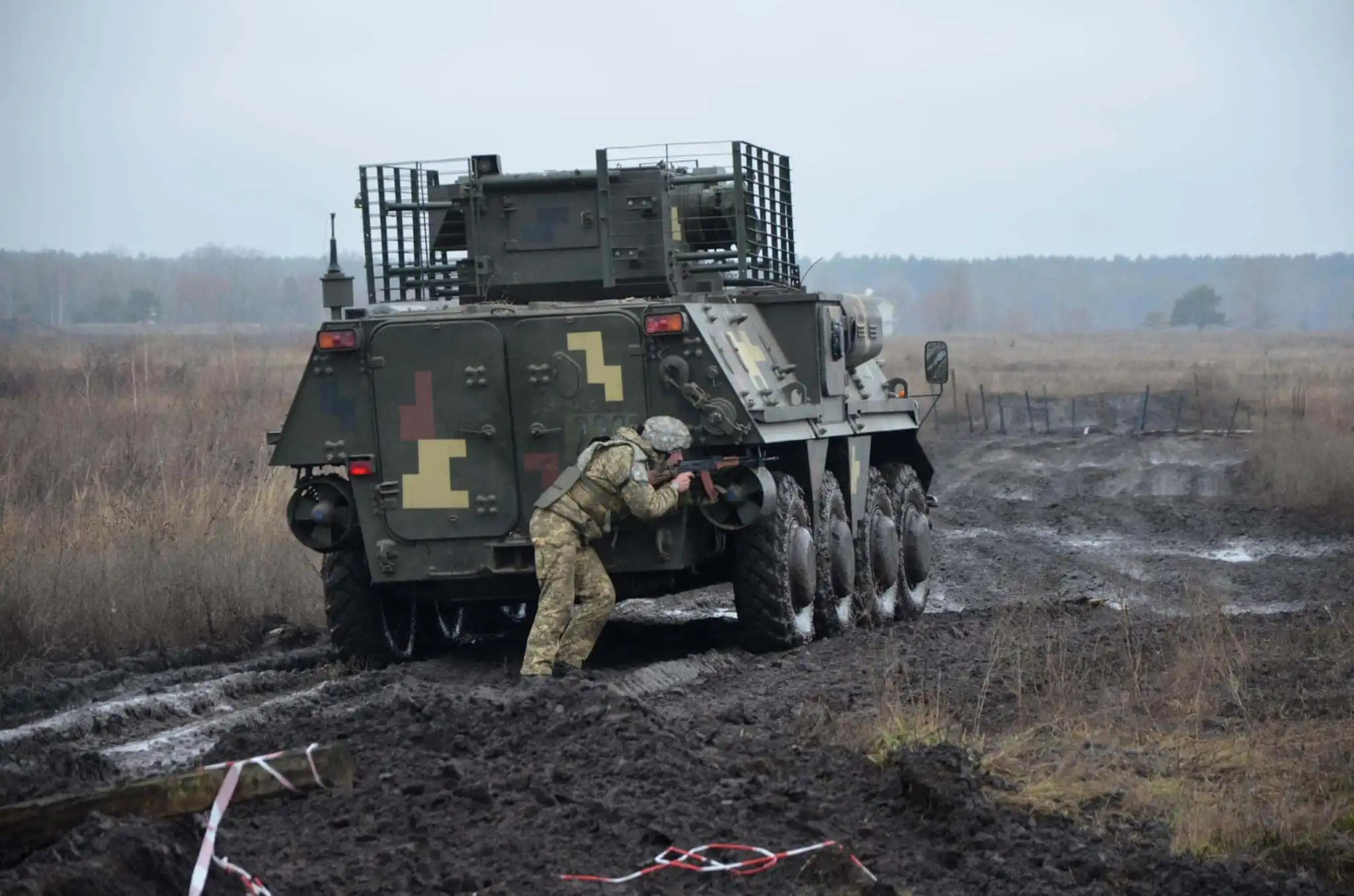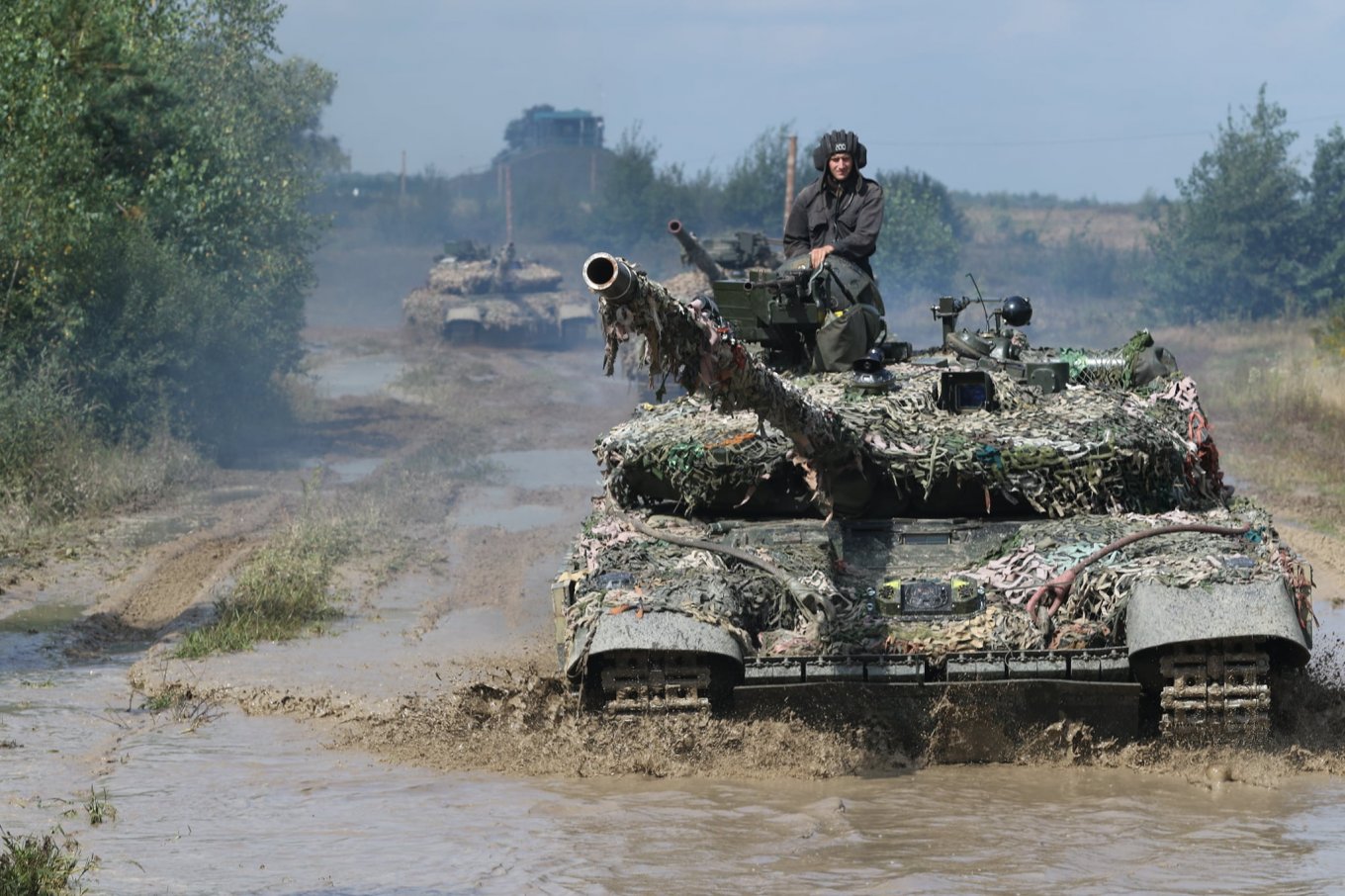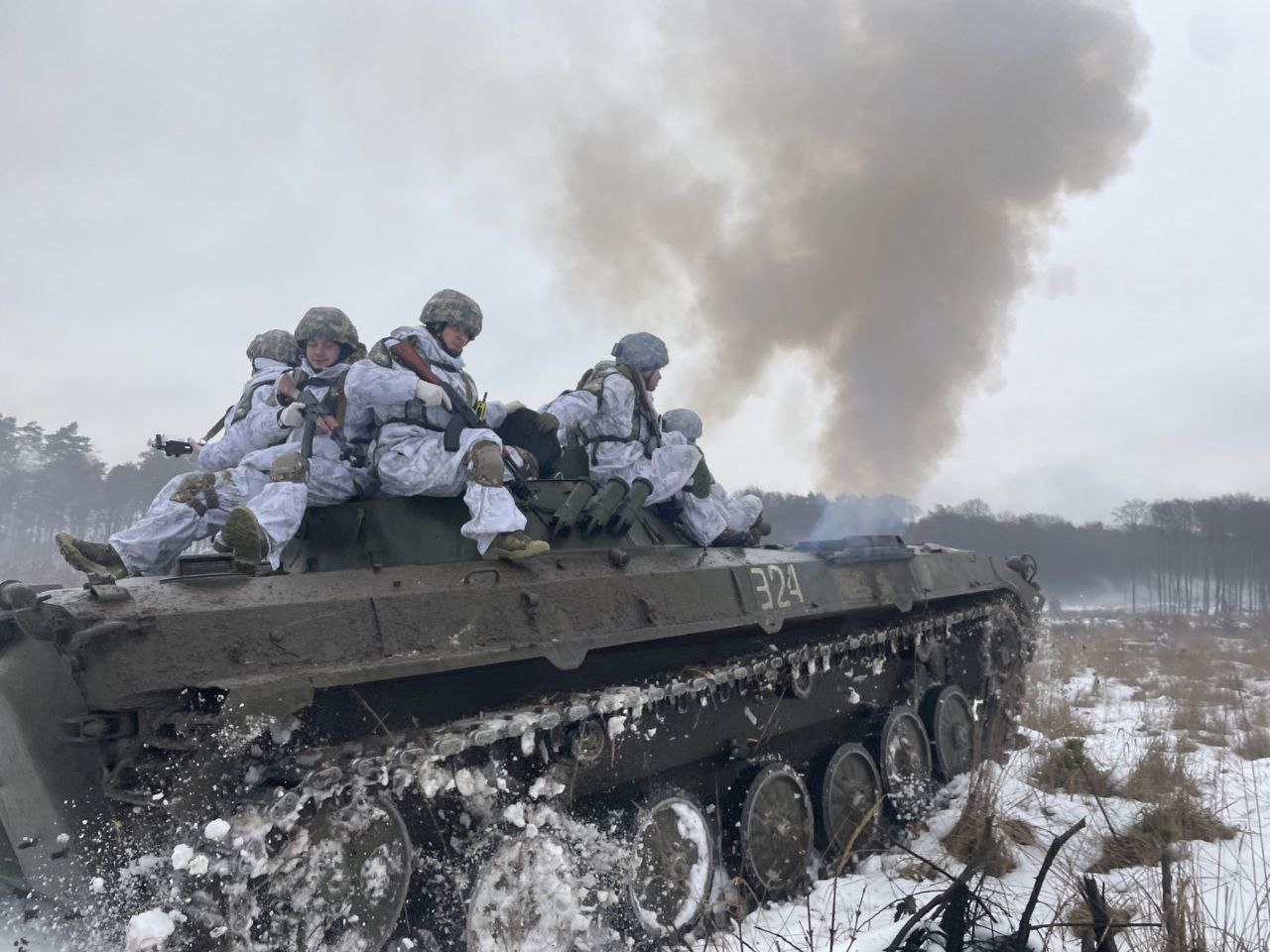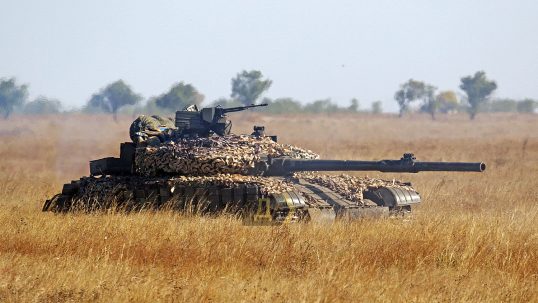
Myths surrounding tactical simulators often create a misleading perception of their effectiveness and capabilities. These misconceptions can hinder the optimal use of modern training technologies, limiting military preparation and reducing readiness levels. Debunking these myths is key to more effective and successful training. Let’s explore the most common ones and uncover what to truly expect from training with tactical simulators.
Myth 1: Simulators can’t replace real combat conditions
This is one of the most widespread myths. While it’s true that simulators can’t replicate every detail of real combat, their purpose is different. They provide an environment for practicing essential skills, refining action algorithms, and making decisions under stress. Simulators allow military personnel to hone their techniques without risking their lives or health, which is a significant advantage during training.
Myth 2: Simulators don’t account for individual needs of soldiers
Modern tactical simulators are designed to consider the training level and needs of each soldier. They allow for the creation of personalized training programs that address weaknesses and skills needing improvement. This enables more effective preparation for real combat missions.
Myth 3: Simulators can’t prepare for unconventional situations

On the contrary, the software of modern simulators can model a wide range of scenarios, including unusual and rare situations. They prepare soldiers for various conditions, even those difficult to replicate in actual field exercises. This readiness helps soldiers face unexpected events on the battlefield.
Myth 4: Simulators ignore the psychological factor
Modern simulators create situations that closely resemble real combat conditions, including stress factors. They allow soldiers to undergo psychological training, learning to control emotions and make decisions under pressure. This is crucial for preparing for real combat.
Myth 5: Simulators are too expensive and inaccessible for most military units
While initial investments in simulators may be significant, they pay off by reducing costs for real-world training and minimizing risks. Additionally, many companies offer flexible financing options and tailored solutions that fit different budgets.
What to truly expect from tactical training with simulators?

The real effectiveness of simulators lies in their ability to enhance skills through repetition. They enable training in conditions that closely resemble real-life scenarios without risking life or health, making them an invaluable tool in modern military preparation.
Tactical training with simulators is more than just practice; it’s a comprehensive process that includes error analysis, the enhancement of tactical thinking, and psychological preparation. By leveraging the latest technologies, military units can achieve high combat readiness and execute missions more effectively.

